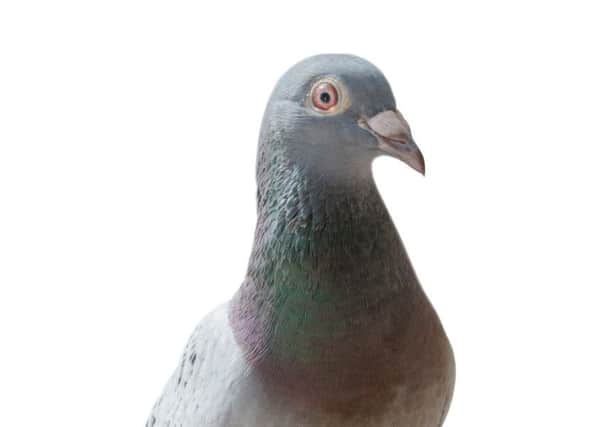The pigeon peril strikes again


How on earth can a supposedly state-of-the-art hospital be stopped in its tracks by such a common pest? The fact this is at least the third time that pigeons have been blamed for disupting care at the infirmary in recent years will only add to the incredulity.
The answer is surprisingly prosaic.
Pigeons roosting in large buildings in busy cities is an extremely common problem. There is a rule of thumb among pest control experts – if a pigeon can find its way inside a building, it probably will. Once they’re inside, and especially after chicks have been hatched, they can be tricky to shift.
Advertisement
Hide AdAdvertisement
Hide AdThe best solution is making sure there is no opportunity for them to get inside in the first place. That can be easier said than done with a building the size of the Royal Infirmary.
Nevertheless after the problems that the hospital experienced in 2012 – when an operating theatre was twice forced to close following pigeon problems – you would expect that great efforts were made to pigeon-proof the building.
That’s certainly something hospital bosses will be looking at carefully today.